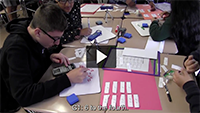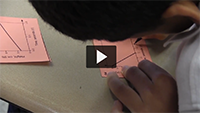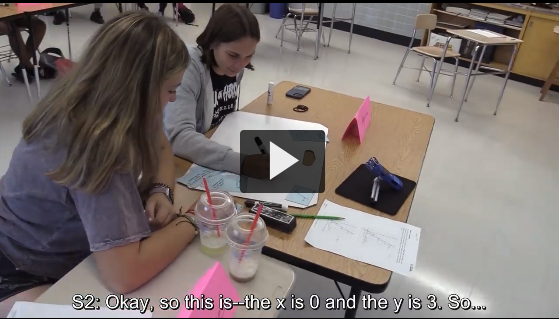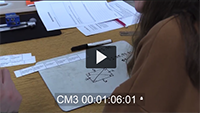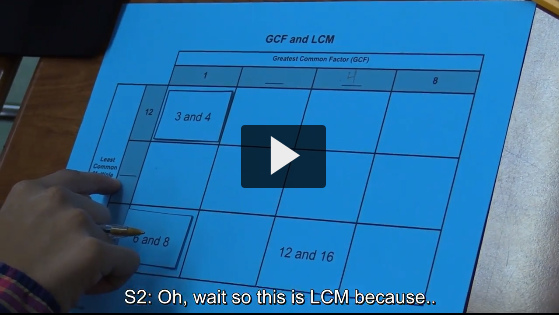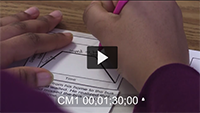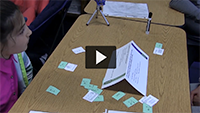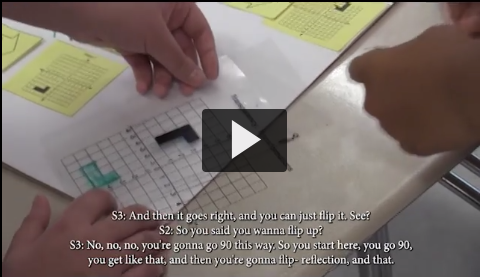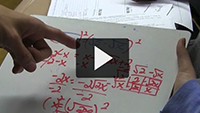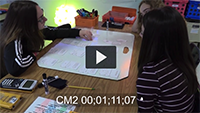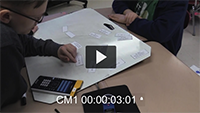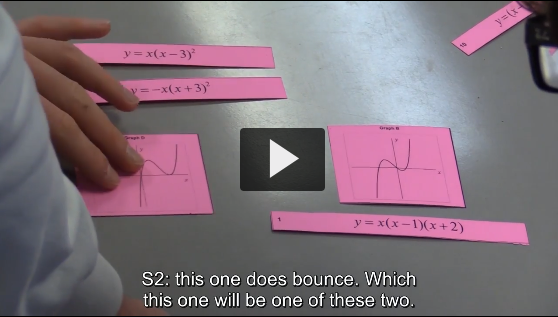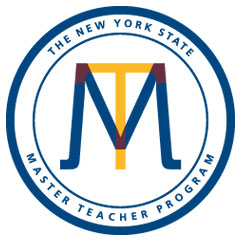AIM-TRU Video Cases

Each video case has a set of materials that you can adapt to fit your context. These materials include a link to the lesson itself, information about the mathematical context, supplementary information about the school and lesson, a transcript of the video, and remote versions of lesson resources (if available).
Orientation Materials

Consult our Orientation Guide and Orientation Basedeck to introduce the AIM-TRU professional development model to mathematics educators in your setting. These orientation resources contain several activities to help teachers get ready to engage with the model. We suggest this be completed before your first regular PLT meeting. You may also choose to use individual activities as needed, depending on your context.
We also have additional activities to support various contexts and communities, including the following: Building Norms, Introducing FALs, and Building Collegiality.
Facilitation Materials

Consult our Facilitation Guide and Basedeck for help in facilitating AIM-TRU sessions in your setting. These facilitation resources contain details about how to lead each component of the AIM-TRU model and include the following: Group Norms, Developing our Big Mathematical Picture, and Video Discussion.
Consult our Big Mathematical Picture Commentary for some initial ideas about how to anticipate some big mathematical pictures that teachers may discuss during an AIM-TRU session. Each page of this resource contains a catalog of BMPs that have been generated by prior mathematics teacher communities for specific Formative Assessment Lessons arranged by the grade-level teaching assignments of the community.
Consult our Common Issues Table for additional support on how to respond to typical challenges during your sessions. The table is separated by sections of the model (Group Norms; AIM-TRU Cycle, Dimensions, and FAL; Developing our Big Mathematical Picture, and Video Discussion), and includes a common issue our seasoned facilitators have experienced along with facilitator moves and back pocket questions they have used.
Video Case Studies

Video cases below are separated by Middle and High School Cases. The title of each case also indicates the intended grade level of the lesson and the highlighted TRU dimension (CD = Cognitive Demand, EA = Equitable Access, AOI = Agency, Ownership, and Identity, FA = Formative Assessment). For example, in the first middle school video case, below the title of the FAL you see 8th grade, CD because this FAL is intended for use in 8th grade and the video case focuses on the TRU dimension Cognitive Demand.
Contact Information

Please feel free to contact our team at AIMTRUinfo@gmail.com with any questions you have about the AIM-TRU resources or how you might use them in your setting.

NEW The AIM-TRU project and this site are supported in part by the National Science Foundation (NSF) through Building a Teacher Knowledge Base for the Implementation of High-quality Instructional Resources Through the Collaborative Investigation of Video Cases (awards 1908185, 1908311, 1908319)



